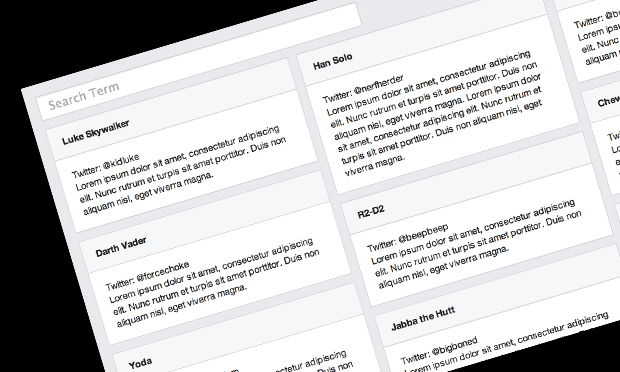In the world of data analysis, starting wide and gradually focusing in on specifics is a crucial step towards arriving at accurate and insightful conclusions. While it may be tempting to dive into the details right away, starting with a broad overview of the available data and gradually narrowing down your focus can save a great deal of time and effort in the long run.
One of the key reasons for starting wide is that it allows you to gain a better understanding of the overall landscape of the data you are working with. By taking a step back and looking at the big picture, you can identify patterns and trends that might not be immediately apparent when examining individual data points in isolation. This can help you to develop hypotheses and guide your subsequent analyses in a more targeted and efficient manner.
Starting wide also allows you to identify potential outliers or anomalies in the data, which can be particularly important in certain contexts. For example, if you are analyzing customer data for a retail company, you may notice that one customer has significantly higher spending habits than the rest of your customer base. This could be a sign of fraudulent activity or a data entry error, and by identifying it early on, you can take steps to investigate further and ensure the integrity of your data.
Another key advantage of starting wide is that it allows you to avoid the common pitfall of overfitting your data. Overfitting occurs when you become too focused on the specifics of your data and lose sight of the bigger picture. This can lead to a situation where your analyses are based on inaccurate or incomplete data, and may result in flawed conclusions. By starting with a wide view of the data and gradually narrowing your focus, you can help to avoid this problem and ensure that your analyses are based on a solid foundation.

Of course, it’s important to note that starting wide does not mean that you should neglect the details altogether. Rather, it’s a matter of balancing the need for a broad overview with the importance of diving deep into specific areas of interest. By gradually narrowing your focus and digging deeper into the data, you can uncover important insights and develop a more nuanced understanding of the factors at play.
In conclusion, starting wide and gradually focusing in on specifics is a critical step in the data analysis process. By taking a step back and looking at the bigger picture, you can gain a better understanding of the data landscape, identify potential outliers or anomalies, and avoid the pitfalls of overfitting. While it may be tempting to dive into the details right away, starting wide can save time and effort in the long run and lead to more accurate and insightful conclusions.



